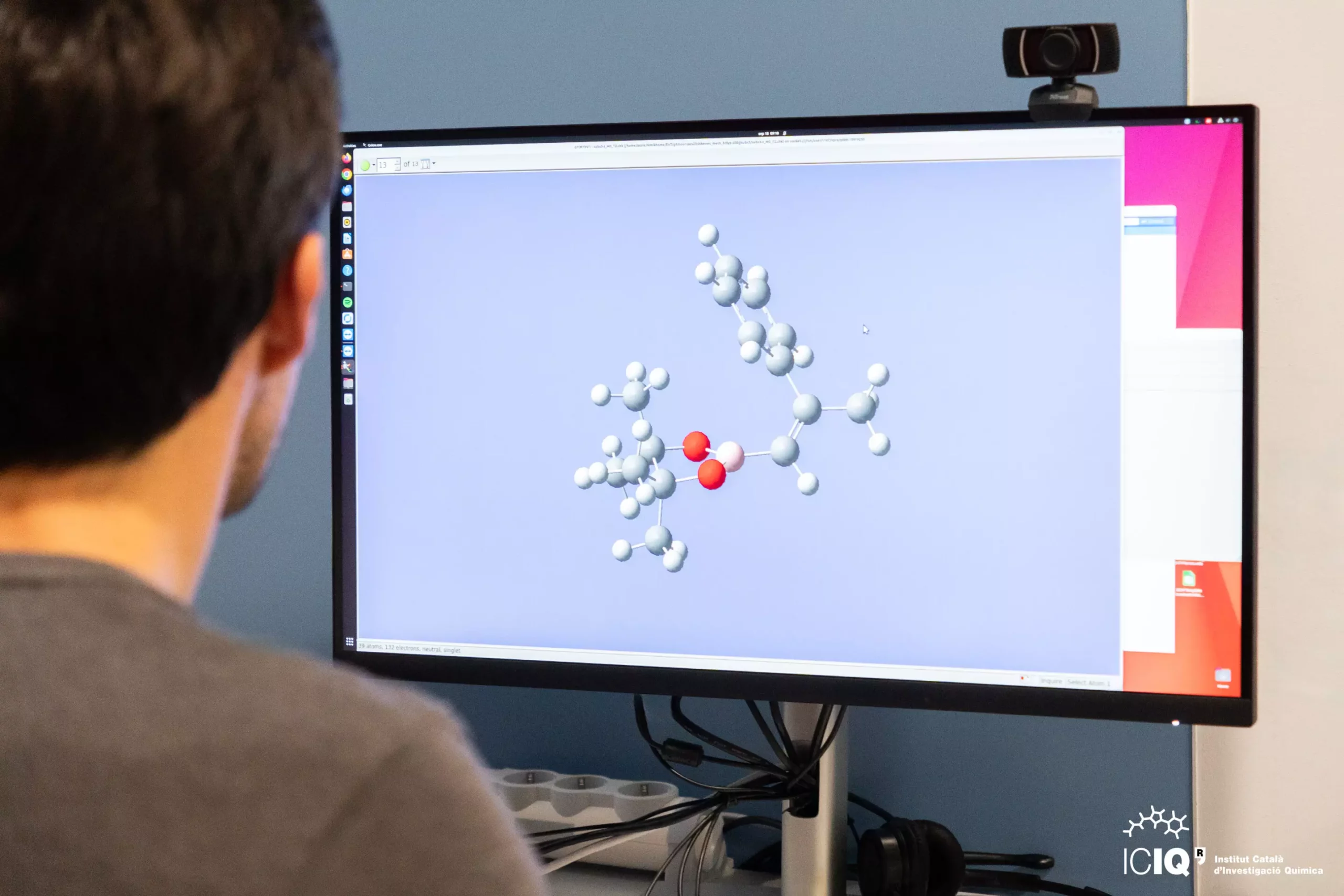In the realm of photocatalysis, understanding the mechanisms that underlie energy transfer (EnT) is critically important. Recent research by Dr. Albert Solé-Daura and Prof. Feliu Maseras offers new insights into this complex area by applying the traditionally electron-centric Marcus theory to the modeling of energy transfer processes. Their findings suggest that this theoretical framework, when integrated with Density Functional Theory (DFT) calculations, can significantly enhance our ability to predict free-energy barriers associated with EnT. This innovative approach not only paves the way for more efficient computational studies but also holds promise for transforming experimental methodologies in photocatalytic research.
Contrasting Theoretical Approaches
The study delves into two variants of Marcus theory: the asymmetric and symmetric models. The research indicates that the asymmetric approach yields more accurate estimations for EnT barriers, particularly in the sensitization of alkenes. On the other hand, the symmetric model, while still providing reasonable estimates, tends to generate larger discrepancies. This distinction highlights the importance of choosing the right theoretical framework for specific applications. The implications of these findings are profound, as they suggest that asymmetric modeling could become an essential tool for chemists looking to design more efficient photocatalytic systems.
Despite the historical precedence of Marcus theory in the study of single-electron transfer (SET), its application to EnT remains relatively underexplored. Traditional methods which rely on wavefunction-based calculations tend to be computationally intensive, limiting their applicability for larger datasets. Prof. Maseras and his team emphasize the potential of classical Marcus theory as a more accessible and cost-effective alternative. By minimizing complexity without sacrificing accuracy, this approach allows for broader explorations of EnT barriers in various chemical systems.
Bridging Theory and Experiment
One of the most significant contributions of this research is its emphasis on practical application. By aligning theoretical predictions with experimental data, Dr. Solé-Daura and Prof. Maseras bridge the gap between computational chemistry and practical photocatalytic applications. The researchers expressed optimism about the future of EnT photocatalysis, suggesting that this area needs more attention. They pointed out the challenges associated with modeling EnT events compared to more conventional bond-forming and breaking reactions, indicating that further exploration could yield substantial advancements in the field.
The findings presented by these researchers represent a pivotal moment for the field of photocatalysis. By enhancing our understanding of energy transfer dynamics, they set the stage for the development of more efficient catalytic processes. As the demand for sustainable energy solutions grows, the application of Marcus theory in predicting EnT barriers may serve as a cornerstone for future innovations. The continuing exploration of energy transfer processes could unlock novel pathways for designing photocatalysts that are not only effective but also energy-efficient, ultimately making a significant impact on the strategies employed in chemical synthesis and environmental remediation.


Leave a Reply